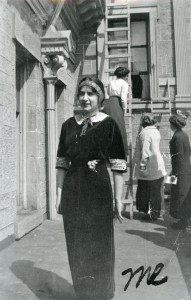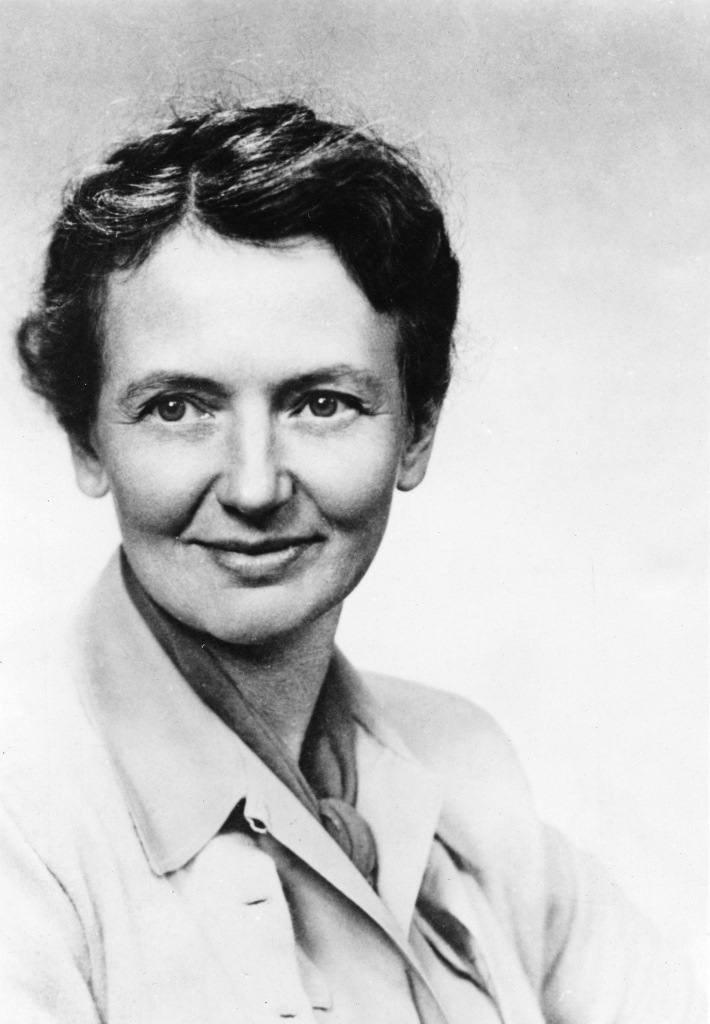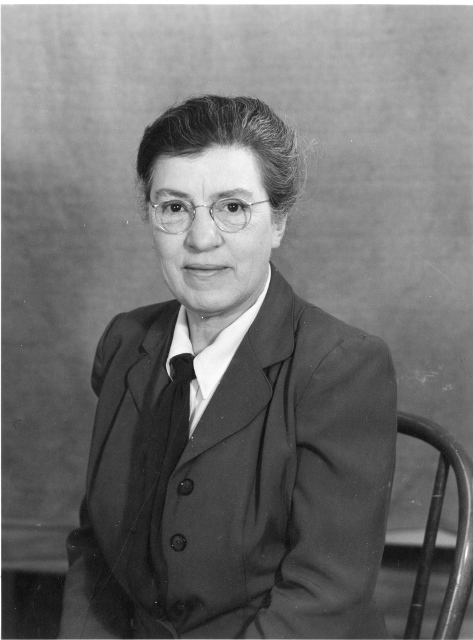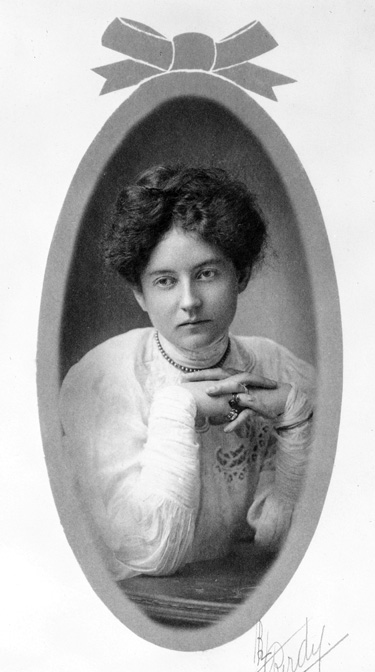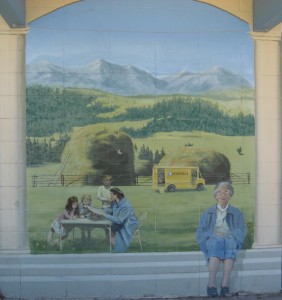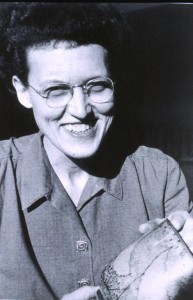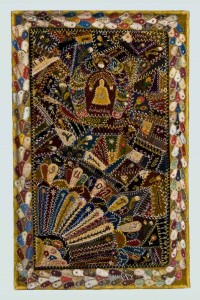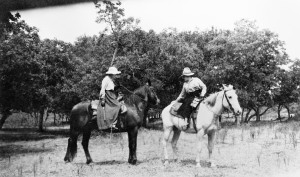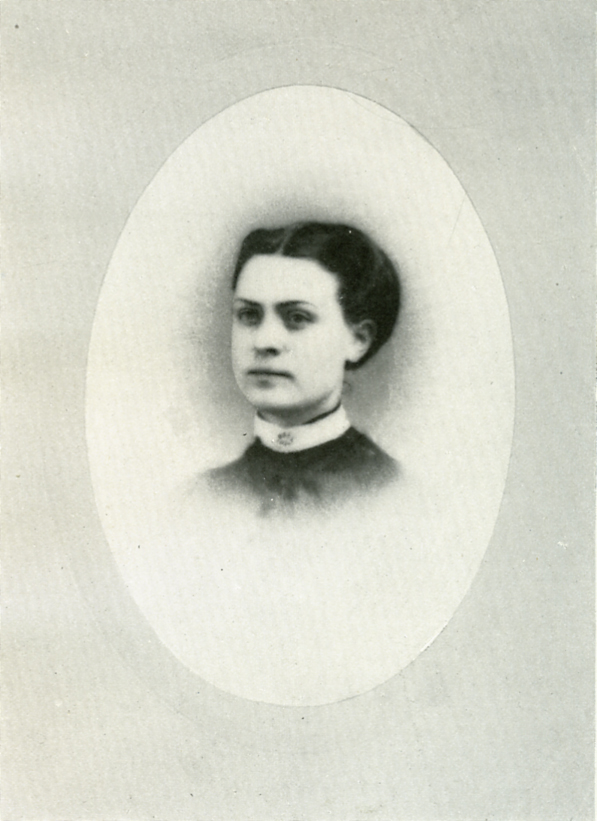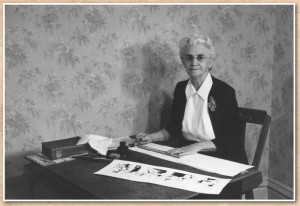
For thirty years—from 1926 to 1956—newspaper readers across the country shared their morning coffee or evening pipe with “Sonny,” a rambunctious toddler always willing to share his unique take on the world. In all likelihood, few of those readers realized that the mischievous namesake of the internationally syndicated cartoon Sonnysayings was the creation of an unassuming ranch wife working from her rural Montana home located “27 miles from Helena . . . and ‘3 miles from anything.’” Drawing under the pen name F. Y. Cory, Fanny Cory Cooney crafted not only Sonnysayings, her longest-running and most popular effort, but two additional cartoons—Other People’s Children and Little Miss Muffett—which also relied upon the humorous antics of impish youngsters.
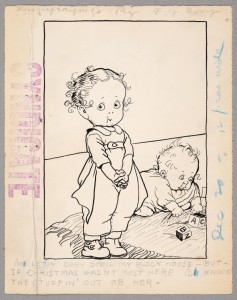
While Cooney’s comics meshed thematically with a number of other cartoons popular during the 1920s and 1930s, the artist herself did not fit the mold of women cartoonists, who were themselves a rarity in a male-dominated profession. Author Trina Robbins begins her book, Pretty in Ink: North American Women Cartoonists, 1896–2013, by identifying three notable twentieth-century women cartoonists who started their careers in the late 1890s as illustrators working in New York City. Of the three, Cooney was the only one whose lifestyle Robbins does not describe as “bohemian.” Continue reading Drawing on Motherhood: The Cartoons and Illustrations of Fanny Cory Cooney
